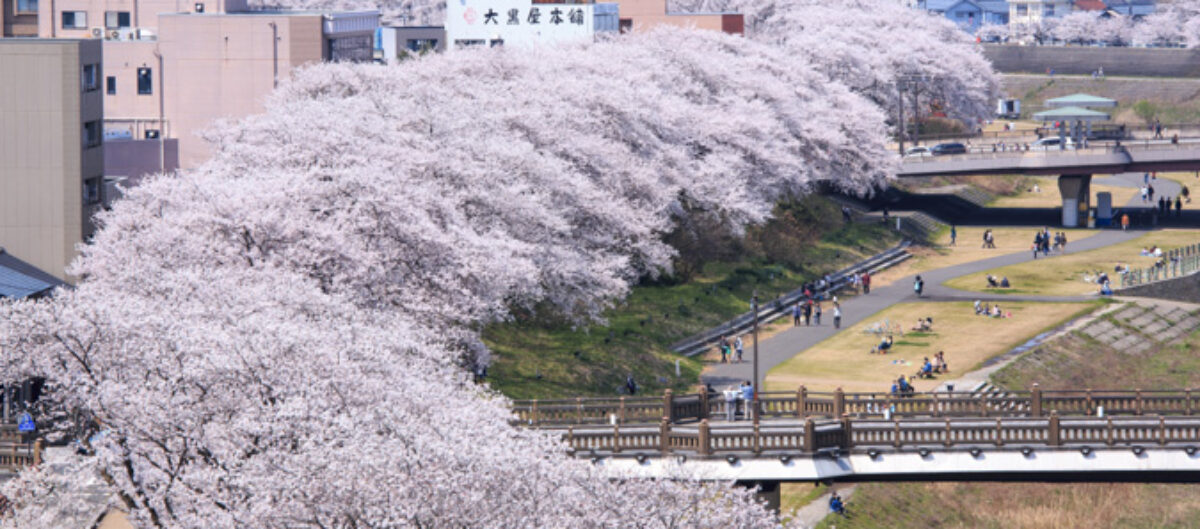
October/30/2021
Wada Tsunashiro (1856–1920) was born in Obama, Fukui, Japan. In 1873 he got into Kaisei School, where he learned mineralogy from the German mining engineer Carl Schenck. (Kaisei School was the predecessor of the University of Tokyo.) In 1884 he went to Germany and studied mineralogy. In 1885 he came back to Japan and took a post at the University of Tokyo, becoming the first professor of mineralogy in Japan. He’s considered the founder of modern mineralogy in the country.
Wada did a lot of things in his life:
- He laid the foundations of modern mineralogy in Japan.
- He created the field of modern geological survey in Japan.
- He enacted Japan’s first modern mining laws.
- He contributed to the establishment of the state-owned Yahata Iron Factory.
- He studied and collected ancient Japanese documents.
About 5,600 kinds of minerals are found around the world.





What are minerals?
Minerals are substances that meet the following three conditions:
1. They have distinctive chemical properties, compositions, and atomic structures.
2. They’re crystals whose component atoms are arranged in definite patterns.
3. They’re inorganic crystals that aren’t derived from living organisms.

What are jewels?
Jewels are minerals that meet the following three conditions:
1. They’re beautiful.
2. They’re rare.
3. They’re hard to break.

When Wada was 20 he wrote the first mineralogy textbook in Japan (titled Kinsekigaku:金石学).

Then in 1889 he wrote the first Japanese research book on jewels (Hougyokushi:宝玉誌).

In 1994 he incorporated the fruits of years of mineral research into a book called Nihon Kobutsushi:日本鉱物誌. In it he wrote about 130 different Japanese minerals, and the book had a big impact on the development of mineralogy. Sometime later it was translated into English.
Wada collected about 4,000 minerals in Japan. These are now called the Wada Collection, and people are able to view them.
Wada became the first professor of mineralogy in Japan and laid the foundations of modern mineralogy there. Because of this he’s called the founder of modern mineralogy in Japan.
Until 1882 there was no geological survey institute in Japan. Geological surveys are very important for mining, agriculture, constructing bridges, and digging tunnels. Heinrich Edmund Naumann and Wada proposed that the government establish such an institute. (Naumann was a German geologist who is now regarded as the father of Japanese geology.) As a result of these efforts the Geological Survey of Japan was established, and Wada served as the first director there, occupying the post for about 10 years. The organization still exists and is an important institute in the country.
When Wada was 33 he became mining director and established Japan’s first modern mining laws. When he did this difficult task he was also the director of the Geological Survey of Japan and a professor at the University of Tokyo.
In the late 19th century Japan was far behind in the development of heavy industries like the steel industry. Japan needed a way to produce iron inside the country, and in 1897 construction began on the state-owned Yahata Iron Factory. Wada contributed to the establishment of the factory and became its second commissioner.
Interestingly Wada was also known for his collecting and studying of ancient documents. He was worried that Japan’s ancient documents would disappear, so to protect them he collected more than 45,000 books that are now stored in a library.
Japan imported countless things from Western civilization during the late 19th century, the period when Wada lived. It’s said that during this period the basis of modern Japan developed.
Wada did a lot of things in his life, like studying minerals, establishing Japan’s geological survey, modernizing the country’s mining laws, and collecting ancient documents. He was really a man of diverse talents.
(References):
「福井県立こども歴史文化館2020和田維四郎没後百年記念特別展パンフレット」
「ふるさと福井の先人100人」(福井県教育委員会)
「福井の幕末明治 歴史秘話㊿」(福井県観光営業部ブランド営業課)
「和田維四郎―日本鉱山学の先駆者―」(小浜市立図書館)
「若越山脈 第七集」(佐々木享)(青少年育成福井県民会議)
「20世紀ふくい群像 下」(福井新聞社)
「福井人物風土記 続」(福井新聞社)(昭和書院)
「我等の郷土の人物 第三巻」(福井県文化誌刊行会編集委員)(福井県文化誌刊行会)
「和田鉱物標本 和田維四郎その人物と日本鉱物誌」(編:田賀井篤平)(東京大学)
「和田維四郎 小伝」(佐々木享)(三井金属鉱業)
「わが国の鉱物学の歩み」(原田準平)(鉱物学雑誌 第11巻、第1・2号 1~18 1973年1月)
「Tsunashiro Wada」(George F. Kunz) (American Mineralogist (1921)6(7):109-113)
